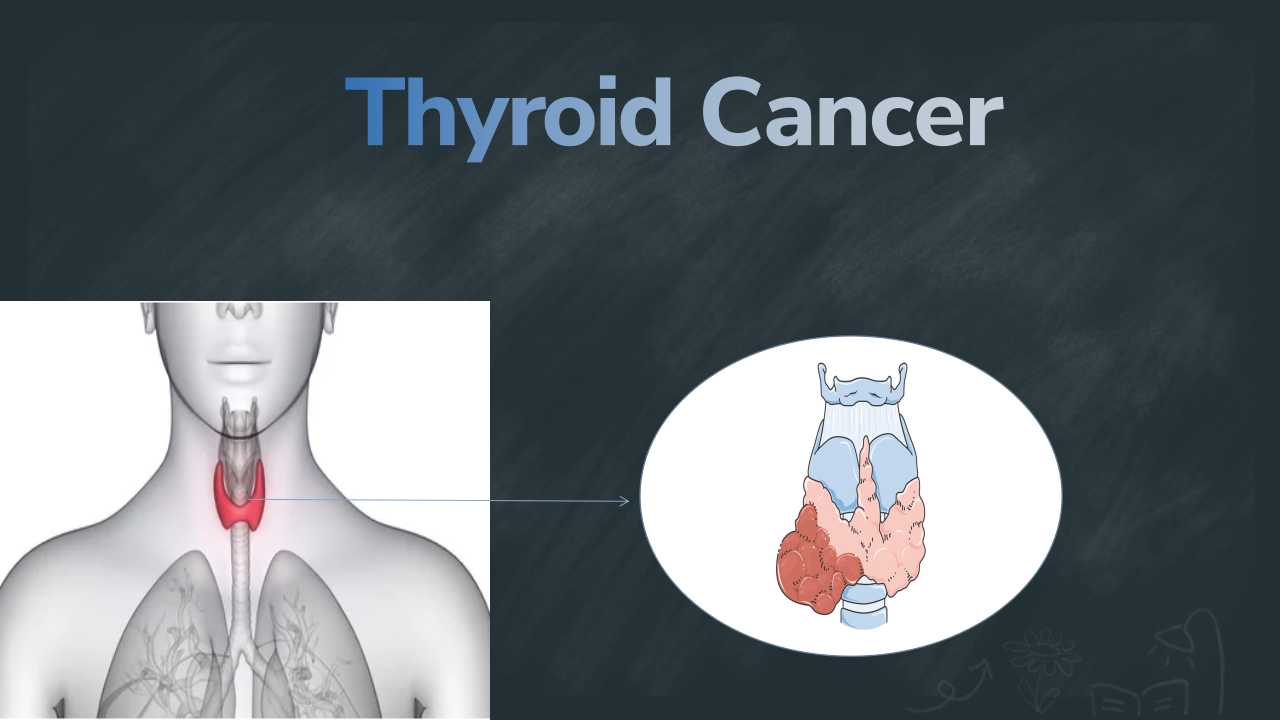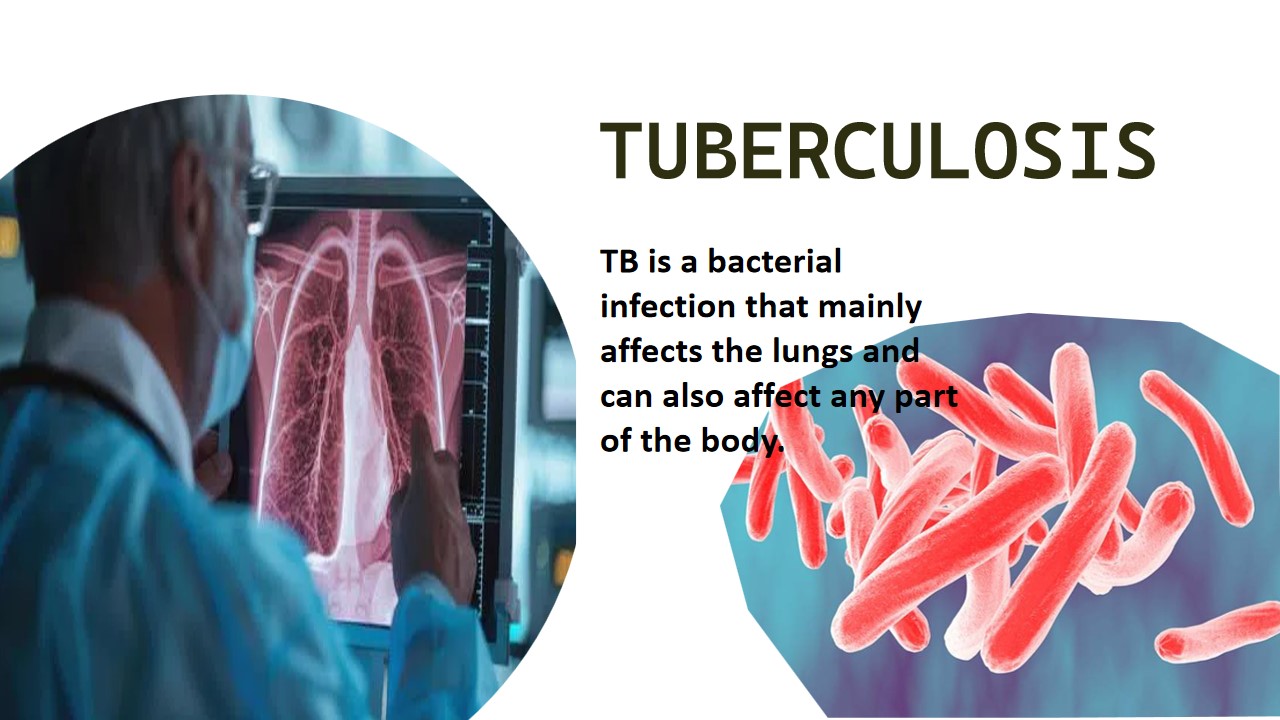
Leukocytosis
Leukocytosis condition, in which white blood cell count is elevated. It indicates that the white blood cell count is higher than usual. The Leukocytosis condition developed, when immunological response continually responds to inflammation or infection. High white blood cell count may turn into a more dangerous condition, such as leukemia.
Depending on different kind of cells, there are five types of leukocytosis. According to which types of cells are affected. A high concentration of neutrophils, the most prevalent form of white blood cell that aids in the removal of pathogens and the healing of injured tissues, is the cause of neutrophil leukocytosis. Excess lymphocytes, or white blood cells that guard lymphatic system, are referred to as lymphocytosis.
A high concentration of monocytes, which are white blood cells that strengthen immunological responses, results in monocytosis. High eosinophil counts are referred to as eosinophilia (white blood cells that help fight inflammation and infections). Eosinophilia is a prevalent condition that is frequently linked to autoimmune diseases, parasite infections, and allergies. The rarest type of leukocytosis, called basophilia, is rise in basophils, which are white blood cells involved in responding to allergic reactions, preventing blood clotting, and combating parasite infections. Leukocytosis is usually diagnosed if a micro-liter of blood contains more than 11,000 white blood cells. Leukocytosis is not a blood cancer but a fluctuation in production of white blood cells, it may lead to blood cancer such as leukemia.
Symptoms
- Fatigue
- Pain
- Difficulty breathing
- Wheezing
- Night sweats
- Unexpected weight loss
- Rash
Cause/Risk factors
- Excessive physical or emotional stress
- Burns
- Immune system disorders
- Thyroid problems
- Dental caries
- Excessive use of medicines
- Allergies
- Splenectomy
- Smoking
- Obesity
Diagnosis
Hematology department
The excessive number of the white blood cells can be visualized by the microscope. The blood samples are obtained from the patient and sent to the laboratory. The pathologist performed the further process. To make blood smear on the glass slide. After making the smear slide, then perform the staining process. Generally, in the hematological process, Wright-Giemsa stains are used. After the overall process was observed for the microscopy examination.
Leukocytosis under the microscope
Reference:-
1.https://www.metropolisindia.com/blog/preventive-healthcare/understanding-leukocytosis-meaning-causes-symptoms-and-treatment
2.https://en.wikipedia.org/wiki/Leukocytosis





0 comments